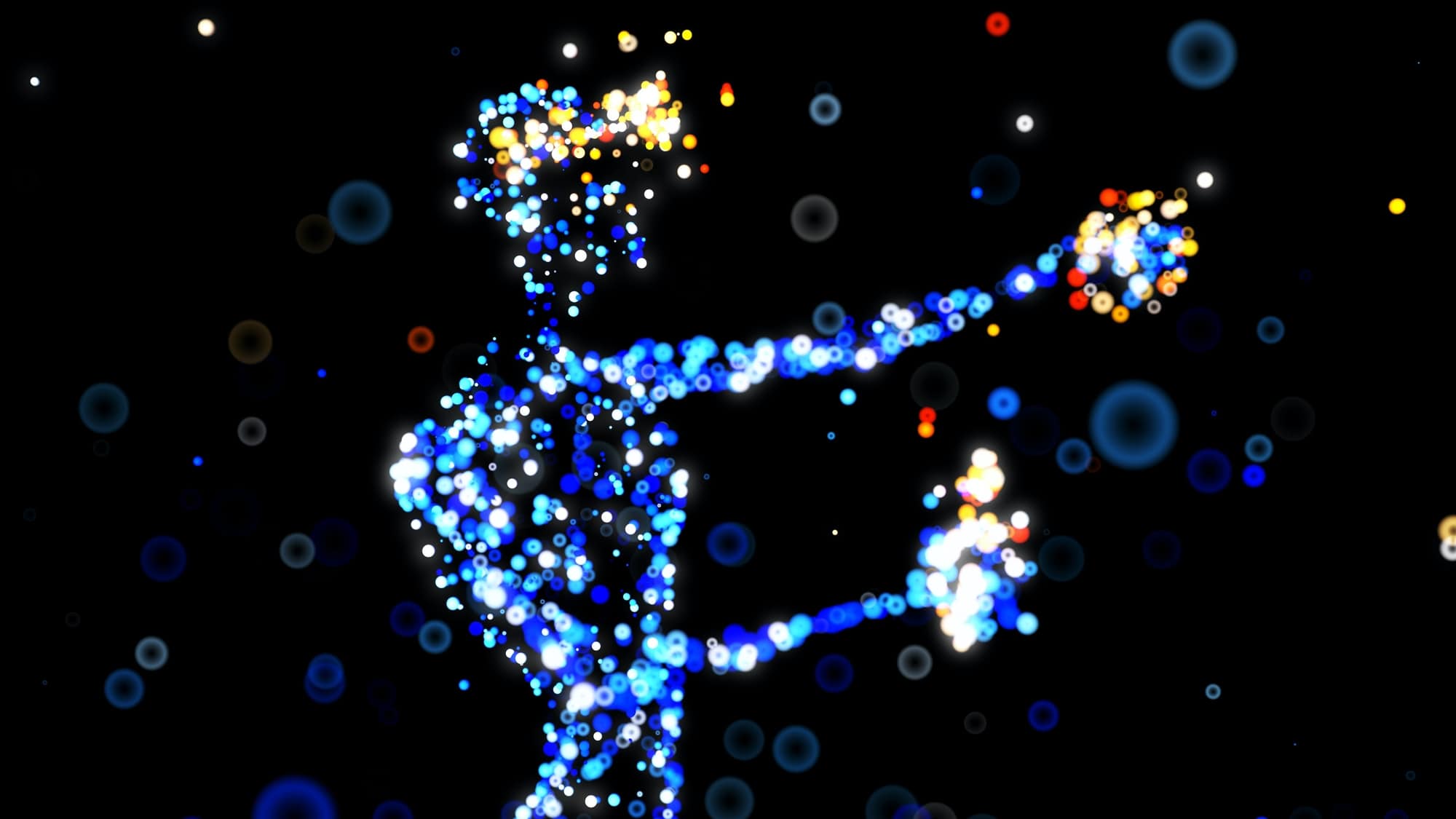IN
IN
JPN
EN
Join Our Communities

There’s a lot of talk about the metaverse, with Facebook’s newly named parent company, Meta, going hard on its ambitions in a Web3 world. But according to panelist Fanny Lakoubay, the metaverse is about more than Roblox and other online games.
“The definition of a metaverse for me would be an online, mostly 3D world where you can interact with other people via avatars. Sure, there are games, but there are also openings for institutions like a 3D museum,” she said.
Brad MacDonald, director of Creative Media at Smith Atlas, agreed and said the metaverse is a multimodal experience that extends to XR experiences. It could exist in virtual reality in parallel to augmented reality, and those things also in parallel to a browser-based experience with all the systems communicating together.
“By creating an adaptive system, we get to the museum component,” he said. “How do you dissolve the walls of a bricks-and-mortar institution?”
There are myriad advantages to dissolving the walls because it allows museums to broaden their audience and create deeper engagement. “This is something museums are desperate to do,” he said.
It’s critical that the metaverse be an open environment, as open environments are the only way museums can thrive in this new space, said Lakoubay, very different from the current state of Web2, controlled as it is by big corporations.
“What the crypto world is trying to do is create multiple metaverses, like maybe one for culture and one for your social life and one for dating, but with bridges between them.”
MacDonald commented that multiple open metaverses would also allow communities to have deeper ownership over their cultural heritage and a more present voice in the conversations around objects and belief systems. “I think there’s a place within the metaverse for communities to have more power and agency over their narratives.”
The place of cultural institutions within the overall landscape also needs to change in a decentralized world. Museums need to adjust their self-concepts and their identity. “What is their role in the metaverse?” asked Lakoubay. “Instead of being the absolute author of the story, they need to embrace communities and engage with them to help refine those stories and surface the most relevant elements.”
Museums also need to embrace the metaverse because their donor bases are aging out, and they need to meet new audiences where those people are. The questions around this are how museums engage with younger people, and how do they speak to them?
“When you’re thinking about engagement and broadening your reach, you could do the shotgun approach where you’re like, we want to appeal to everybody or you could target some smaller segment of the population who is just particularly passionate in a very specific way and NFTs and the metaverse that community is pretty passionate,” MacDonald said.
Many institutions are ossified in the way they approach new technology and new engagement methods, said MacDonald. An institution like the Smithsonian has so many friction points, but what it comes down to is anticipating these frictions, planning for them, and having early conversations.
“There’s a range of institutions and some of them are going to be resistant to new ideas, while others will want to sign up immediately,” he said.
“And it’s really a matter of learning from those early experiences,” Lakoubay said. “Most of the artists who’ve done several NFT or Metaverse experiments, they always say, “Oh, if I had known more, I would not have done it the same way.” And that doesn’t mean that they did something wrong; it’s just like learning by doing.”
As for the future, MacDonald said it’s important to realize there will be multiple voices contributing. “There’s a really interesting opportunity through the metaverse as a mechanism for dialogue outside of the walls of the institution itself.”
Image by Julien Tromeur via Unsplash